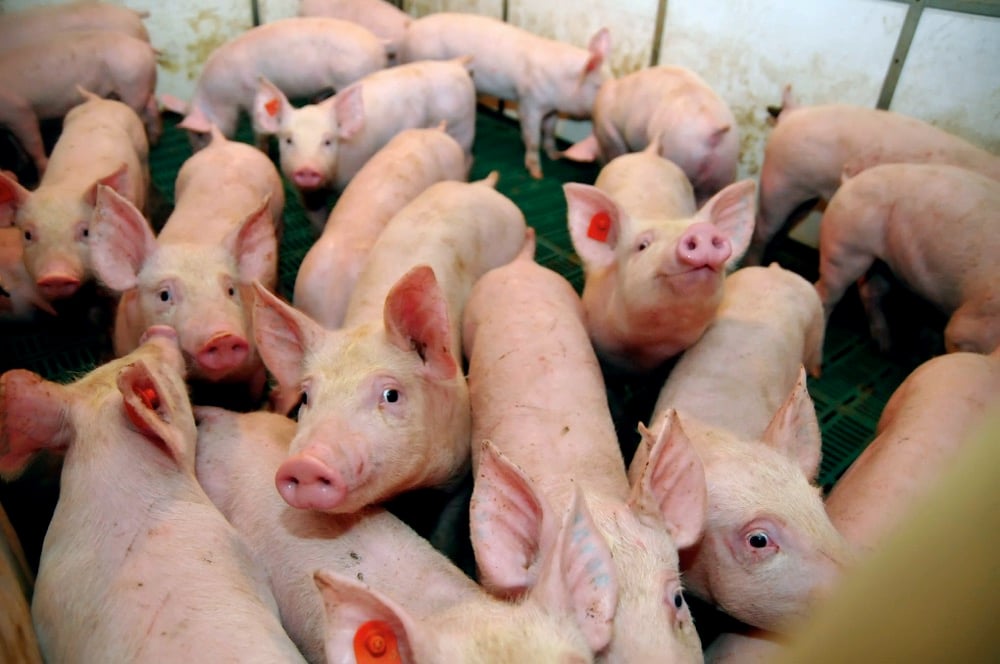Manitoba did not record a single case of anthrax in 2010 after experiencing repeated outbreaks during the last 10 years.
This year’s clean slate could be because more producers are vaccinating their cattle to guard against the disease, suggested Dr. Tim Pasma, the province’s disease control veterinarian.
Previous anthrax outbreaks occurred in 2000, 2001, 2003, 2005, 2006 and 2007. There were four reported cases last year, Pasma said.
This year was generally a quiet one for anthrax across Canada. The Canadian Food Inspection Agency reported just four cases in Saskatchewan, three of them in the southeast region of the province.
Read Also

Pig transport stress costs pork sector
Popular livestock trailer designs also increase pig stress during transportation, hitting at meat quality, animal welfare and farm profit, Agriculture and Agri-Food Canada researcher says
That’s a vast improvement for Saskatchewan, which some years reports hundreds of cases, said Pasma.
Anthrax can appear in either very wet or very dry years. Anthrax spores can survive in the soil for decades or even longer. During wet years, they can get flushed to the surface and ingested by grazing cattle. In dry years, cattle are forced to graze close to the ground and can pick up spores that way.
Although this year was very wet, the absence of anthrax cases indicates producers may be vaccinating at a higher rate, Pasma said.
Anthrax usually shows up in July and August when days are warm and cattle graze most actively. Pasma said Manitoba Agriculture, Food and Rural Initiatives sends notices to local veterinarians every spring alerting them to the oncoming anthrax season and recommending producers get their herds vaccinated in June.
“That’s certainly the message we want to get out – that producers do vaccinate if they’re in an area that’s affected by anthrax.”
The most affected areas in Manitoba are the southeastern municipalities of Franklin and Stuartburn. Cases have also been reported in the Interlake municipalities of Armstrong and Rockwood, as well as in the south central region. [email protected]


















